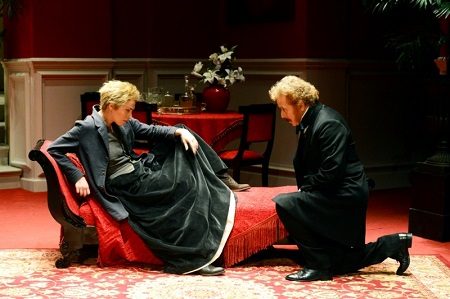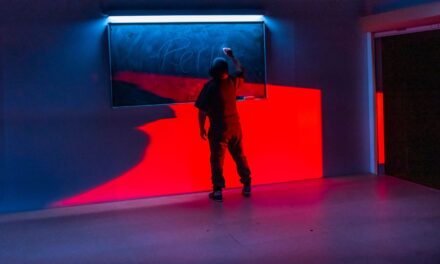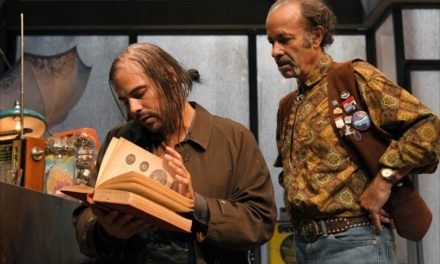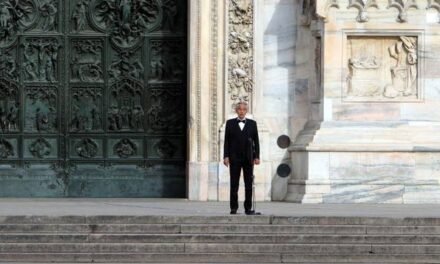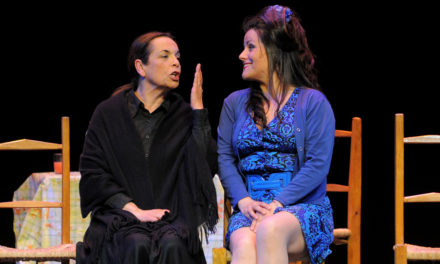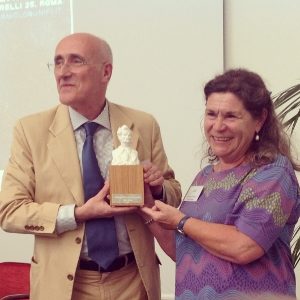
Prof. Franco Perrelli receiving the Strindberg Prize (Rome, 2014).
The recent publication of the volume On Ibsen and Strindberg: The Reversed Telescope (Newcastle upon Tyne: Cambridge Scholars, 2019) is the occasion for a conversation with Franco Perrelli, the most authoritative Italian scholar of Scandinavian theatre. He is a full professor of theatre history at the University of Turin and has a long career as a translator and dramaturg. Moreover, he has held lectures, seminars, and lessons in Paris, Copenhagen, Stockholm, Oslo, Reykjavik, Strasbourg, Mexico City, and Shanghai. In 2014 he received the prestigious Strindberg Prize.
In his work on the two great modern Scandinavian dramatists, Henrik Ibsen and August Strindberg, he used an intercultural approach: the Nordic context and the historical line are the starting points for a reflection which combines many other elements–anthropology, performing arts, Classical studies, Italian history–to discover a new boundary of interpretation. He has demonstrated their vitality in contemporary theatre with analyses of the creative impulse of the Living Theatre, the unrealized ideas of Jerzy Grotowski, and the work of Odin Teatret with the actresses Else Marie Laukvik and Roberta Carreri. He also considers the stagings by Ingmar Bergman, Massimo Castri, Carlo Quartucci, Luca Ronconi and Gabriele Lavia, which mark their importance in the new millennium. Our conversation took place in Turin, in February 2019.
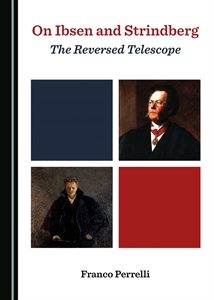
Cover of the volume On Ibsen And Strindberg: The Reversed Telescope (2019), by Franco Perrelli.
M. P. Pagani: In your opinion, which plays by Ibsen and Strindberg are still “alive” for the theatre in the new millennium? Is bourgeois drama still appreciated by audiences?
F. Perrelli: Ibsen, until proven otherwise, is the most represented author on the world stage after Shakespeare; and Strindberg, after more than a century, is perceived as an extreme vanguard–even by actors and directors. (Not surprisingly, A Dream and The Ghost Sonata fascinated Artaud.) These are authors who–beyond the skill or technical quality of the dramatic construction and their immediate public (not only the bourgeoisie, but also the nineteenth-century proletariat)–have been able to distill highly poetic figures and atmospheres, which are strong and pregnant over time, beyond the contingencies. From this perspective, you can consider A Doll’s House or John Gabriel Borkman by Ibsen, or The Father and The Pelican by Strindberg.
M. P. Pagani: In your opinion, which characters of Ibsen and Strindberg are closer to the spirit of the new millennium? Are there protagonists who are also able to live in our contemporaneity?
F. Perrelli: The characters of the Ibsenian and Strindbergian dramaturgy are immersed in a social and even metaphysical problematic cosmos which has nothing to do with the certainties and the dogmas of tradition (the last scenes of A Doll’s House are a treatise on nihilism). These characters have identity problems, and Strindberg himself defines the notion of “character without character,” consisting of a sort of unstable film frames. Beckett–it’s proven–looked at Strindberg a lot.
M. P. Pagani: Which stagings of Ibsen and Strindberg survive in your memory?
F. Perrelli: I’ve been going to the theatre since I was fourteen, and, for my work, I have returned almost weekly (in Italy and abroad) in the half-century since; as a result, in my life, I have seen a considerable number of valuable theatrical stagings. Now I will mention only two in the twenty-first century. The first is A Doll’s House, directed by Walter Pagliaro, which considers Nora’s story in relation to the tarantism in Southern Italy. This element was very important for my studies on Ibsen. In my book, I explain how the involving rhythm of the tarantella not only has an exotic value for the play of the Norwegian author: it can also be considered a sort of ancestral and therapeutic practice from madness, helping Nora in her critical position and giving her the gift of a new energy, provoking a spiritual evolution. The other recent staging that I want to remember is Creditors, directed by Orlando Cinque: in this play, Strindberg is brought back to himself, and there is a cold intellectual passion that consumes the flesh of the characters–neither naturalism nor expressionism, but the discovery of a specific disquieting infernal dimension.
M. P. Pagani: What difficulties did you find in translating the plays by Ibsen and Strindberg for Italian theatre? Which directors and actors have used your translations on the stage?
F. Perrelli: I worked with the most important and prestigious Italian theatres, with Gabriele Lavia, and some great directors like Luca Ronconi have asked me for “advice.” Naturally, I have not disdained collaborations with more agile and younger companies. A problem invariably recurs: disassembling a certain tradition of outdated translations, but great editorial prestige, and returning philologically to the origins. It is a question not only of choosing and adhering to the texts that are closest to the authors but also, for the actors, of disassembling affectation and conventions that refer to a different language. In this dimension, Ibsen and Strindberg impose great tasks and are an excellent gym for everyone.
M. P. Pagani: Which play by Ibsen and Strindberg would you like to see in the future in Italy? What should the directors and actors bet on?
F. Perrelli: Tendentially, my predilection goes towards the last Ibsen, and to monumental and metaphysical works such as The Master Builder, The Little Eyolf, and what I consider the most impressive of all: the great winter symphony of John Gabriel Borkman. About Strindberg, I would like to pay more attention to his “chamber” repertoire: The Ghost Sonata, above all, is an absolutely prophetic drama that no one dares to touch, at least not in Italy.
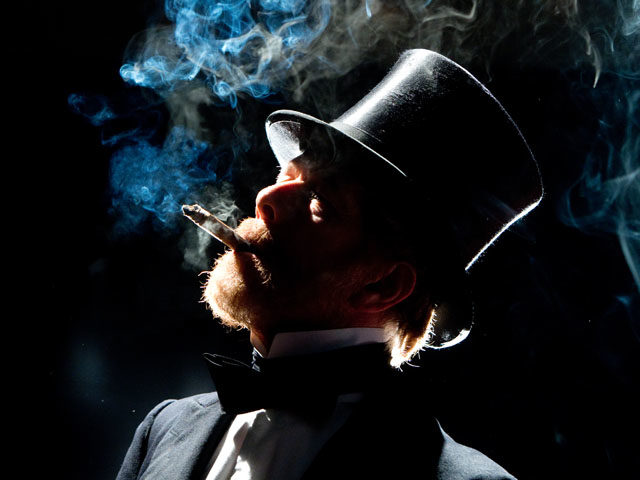
Gabriele Lavia in Ibsen’s The Pillars Of Society. Season 2013/14. Translation by Franco Perrelli. Press photo.
This post was written by the author in their personal capacity.The opinions expressed in this article are the author’s own and do not reflect the view of The Theatre Times, their staff or collaborators.
This post was written by Maria Pia Pagani.
The views expressed here belong to the author and do not necessarily reflect our views and opinions.

